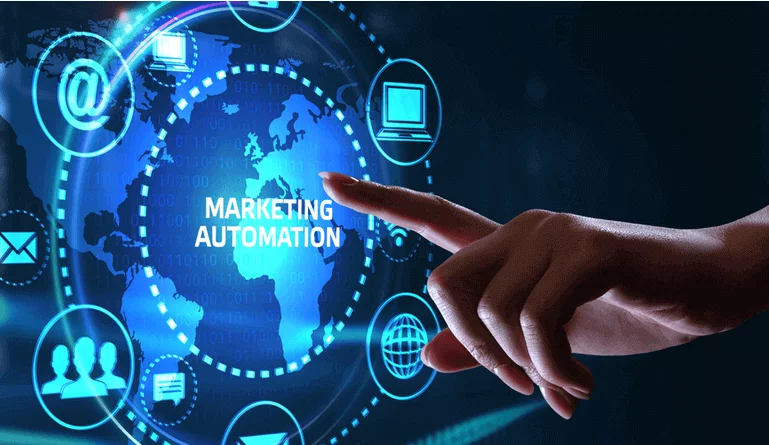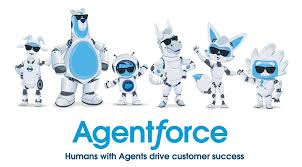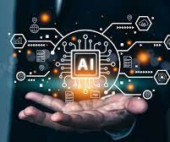Agentforce in Slack
Agentforce in Slack: Elevating Engineering Productivity at Salesforce At Salesforce, we’ve proven that engineers do scale—when you remove the bottlenecks. The real challenge isn’t engineering talent; it’s the endless hunt for context. As teams expand, so does the time wasted searching for knowledge, switching between tools, and answering repetitive questions. Enter the Engineering Agent—a game-changing digital teammate built on Agentforce and deployed directly in Slack, where our engineers already collaborate. Integrated with Data Cloud, MuleSoft, and Heroku, this AI-powered assistant delivers instant, reliable support—whether answering technical questions, automating tests, or streamlining onboarding. The result? Engineers spend less time chasing information and more time building what matters. The Impact: Support Where Engineers Need It Most Senior engineers once spent 10+ minutes per support request—time better spent on high-value work. Now, the Engineering Agent in Slack serves as the first point of contact, providing instant answers in channels or DMs, 24/7. But it doesn’t stop there. Our agent acts as an “agent of agents”—intelligently routing questions to specialized sub-agents for precise, domain-specific responses. Each answer includes cited sources and relevant links, making knowledge access seamless without disrupting teammates. To ensure accuracy, the Engineering Agent continuously ingests structured and unstructured data from Slack, Confluence, GitHub, Google Docs, and more, with daily refreshes keeping responses up to date. Beyond Answers: Automating Workflows The Engineering Agent doesn’t just talk—it takes action. By orchestrating tasks via MuleSoft, it automates processes like: This reduces friction, accelerates workflows, and keeps engineers focused. The Future: Scaling Impact Today, the Engineering Agent supports 3,500+ users across 700+ Slack channels. As we expand from 18 to 30–40 specialized agents, we project: For Salesforce, Agentforce isn’t just a tool—it’s an always-on teammate. By embedding AI directly in Slack, we’ve transformed support, optimized workflows, and unlocked engineering potential. The Takeaway:For enterprises looking to boost productivity, modernize support, and empower engineers, deploying AI agents in Slack isn’t just smart—it’s essential. Like Related Posts Salesforce OEM AppExchange Expanding its reach beyond CRM, Salesforce.com has launched a new service called AppExchange OEM Edition, aimed at non-CRM service providers. Read more The Salesforce Story In Marc Benioff’s own words How did salesforce.com grow from a start up in a rented apartment into the world’s Read more Salesforce Jigsaw Salesforce.com, a prominent figure in cloud computing, has finalized a deal to acquire Jigsaw, a wiki-style business contact database, for Read more Service Cloud with AI-Driven Intelligence Salesforce Enhances Service Cloud with AI-Driven Intelligence Engine Data science and analytics are rapidly becoming standard features in enterprise applications, Read more








